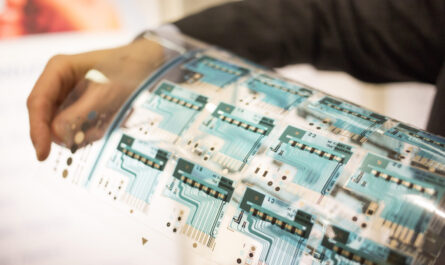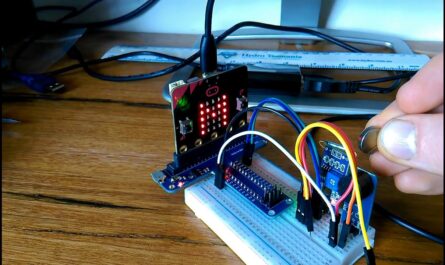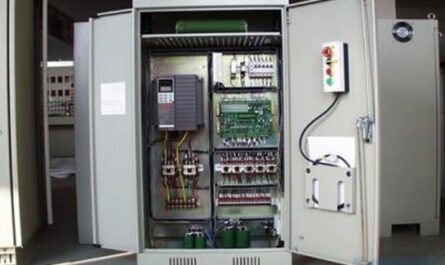Non-destructive testing (NDT) refers to a wide range of inspection techniques used in science and industry to evaluate the properties of a material, component or system without causing damage. By not altering the article being inspected, NDT methods allow for quality control testing without affecting the materials or components. This has significant advantages over destructive testing methods that involve damage or destruction of a test sample.
Different Types of Non-Destructive Testing
There are many different Non-Destructive Testing methods available depending on the material and test requirements. Some of the most common NDT techniques include:
Visual Testing
Visual inspection uses the human eye or optical magnification for detection. It can find surface defects like cracks, leaks, pore and holes. Visual testing remains one of the oldest and most widely used non-destructive examination methods.
Liquid Penetrant Testing
This method involves applying a thin layer of penetrant to the surface of a part. The penetrant seeps into surface-opening defects. Removal of excess penetrant exposes defects that can be detected by inspection with visible or ultraviolet light. It is effective in finding very fine surface cracks in metals and non-porous materials.
Magnetic Particle Testing
This technique is used on ferromagnetic materials like iron, nickel and cobalt alloys. The part is magnetized and magnetic fluid or dry magnetic powder is applied. Defects disrupt the magnetic field lines causing the powder to concentrate at the defect location. Magnetic particle testing method can detect cracks less than 1mm in length.
Radiographic Testing
High energy electromagnetic radiation like X-rays or gamma rays are used to detect internal flaws like cracks, voids, porosity and deformations. Radiographic images provide high-resolution, internal views. The accuracy of radiography makes it one of the most dependable Non-Destructive Testing methods for inspecting welds and castings.
Eddy Current Testing
This method uses induced electric currents within a part to locate surface and near surface defects. An alternating electromagnetic field is created using a coil probe placed near the test object. Defects cause a disturbance in the electromagnetic field and its strength, which are visualized with instruments. Eddy current testing (ECT) is used to detect surface cracks and corrosion in metals.
Ultrasonic Testing
High-frequency sound waves above the range of human hearing are introduced into a part using a transducer. Reflections from internal flaws, voids and imperfections are used to produce A-scan, B-scan and C-scan images of the inspected area. Ultrasonic testing is able to detect laminar defects like cracks, pores and inclusions. It plays a vital role during pipelines, pressure vessel and weld inspections.
Advantages of Non-Destructive Testing
The main benefit of NDT is that testing can be conducted without compromising the integrity of the original part or system. Some key advantages include:
– Allows parts to be accepted or rejected without destroying their value as a result of testing.
– In-service inspections can easily be performed without disassembling or interrupting normal operations.
– Hidden flaws and degradations can be detected at an early stage, before noticeable deterioration.
– Multiple tests over the lifetime of a part provide valuable historical data on degradation.
– Safety is enhanced as dangerous defects are found before failures occur during service.
– Life-cycle costs reduce as unnecessary repairs, downtime and potential accidents are avoided.
Non-Destructive Testing plays a critical role in quality control for manufacturing industries and provides invaluable information for maintenance, repair and safety of in-service components. The ability to inspect without damage has made it indispensable for various applications across diverse sectors.
*Note:
1. Source: Coherent Market Insights, Public sources, Desk research
2. We have leveraged AI tools to mine information and compile it



